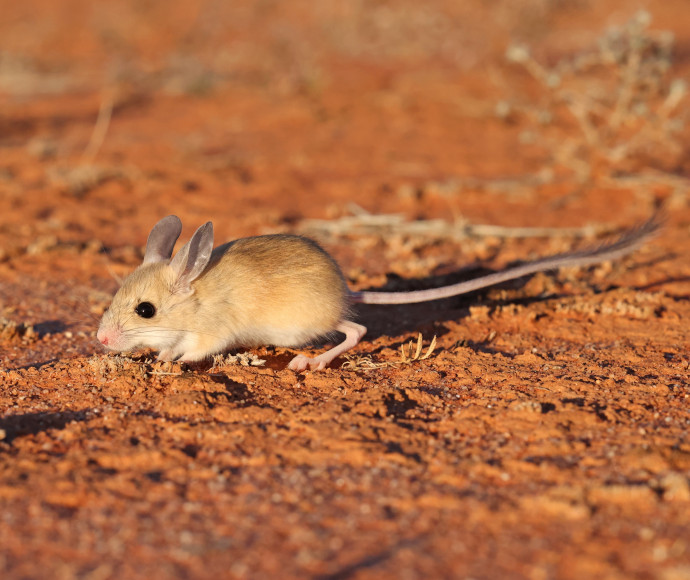First threatened species status report for NSW national parks
The NSW National Parks and Wildlife Service (NPWS) has published its first-ever threatened species status report, detailing population trends for 101 of the threatened species that call NSW national parks home.
Released on National Threatened Species Day, 7 September, the Threatened species status report is designed to help NPWS achieve its ambitious goal of improving or stabilising the on-park population of all threatened species by 2030.
The first status report measures 101 threatened species and shows that 36 have stable or improving population trends, 6 are decreasing and trends for 59 species are currently undetermined. Of the 36 species with increasing or stable trends, 25 are plants and 11 are mammals. All 6 species with declining trends are plants.
The status report is a groundbreaking initiative which, when complete, will generate regular, data-based assessments of the trajectory for all threatened species within the NSW national park estate. The status report draws on a massive survey effort across NSW involving camera traps, acoustic monitors and vegetation surveys.
A range of initiatives are in place to boost protection for threatened species across NSW national parks:
- Threatened species habitat is being acquired for addition to the national park estate.
- Critical habitat for 108 threatened species has been given additional statutory protection through its listing as Assets of Intergenerational Significance.
- A network of large feral predator-free areas is being established – including the largest cat and fox free area on mainland Australia – to support the reintroduction of locally extinct species. Twelve species listed as extinct in NSW have been successfully returned to national parks.
- NPWS is delivering the largest feral animal control program in its history.
- A range of special measures are being integrated into fire management by NPWS and partner agencies such as the Rural Fire Service to enhance protection of threatened species habitat when responding to bushfires.
NSW national parks cover 10.4% of the state (8.2 million hectares), protecting around 85% of all threatened plants and animals in New South Wales.
A Threatened Species Framework annual report has been published in conjunction with the Threatened species status report. For more information, view the full reports here:
Quotes attributable to NPWS Deputy Secretary Atticus Fleming:
'Australia has the worst mammal extinction record in the world and, in New South Wales alone, almost a thousand species of plants and animals are threatened with extinction.
'Our national parks are a stronghold for threatened species. However, cats and other feral animals, invasive weeds and climate change and just some of the threats that are impacting all tenures.
'We are doing everything we can to ensure our parks remain save havens for threatened species – intensive feral animal and weed control, targeted fire management and reintroductions.
'Regular and consistent monitoring of threatened species populations is critical – it helps inform our management efforts and it provides regular and transparent reports to the community.
'It is a big challenge to get the right monitoring in place – some species are very difficult to detect, let alone count. This status report is the first step in establishing a world-leading program that will underpin our efforts to ensure zero extinctions and stable or improving trajectories for all threatened species in our parks.'

Dusky hopping mouse